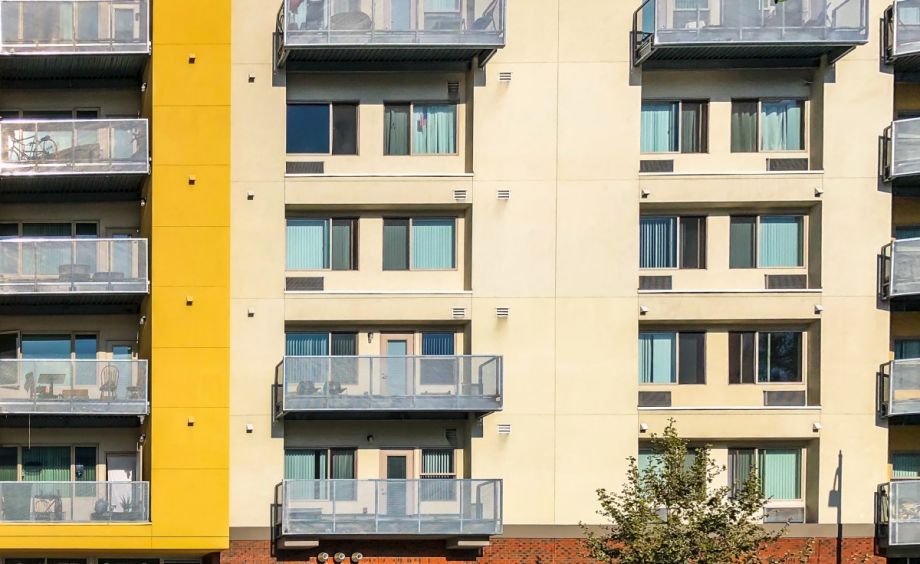

(Photo by Will Buckner / CC BY 2.0)
It’s been a little over two years since I filed my first story for Backyard, Next City’s weekly newsletter focused on solutions to the urban housing crisis. Since then I’ve written about everything from inclusionary zoning to rent control, tenant organizing, eviction prevention, right to counsel, community land trusts, housing trust funds, local rental assistance, public housing, housing vouchers, and other efforts to create affordable housing, end homelessness, and desegregate neighborhoods. Today, I don’t feel any more qualified than I did two years ago to say how cities can eliminate the profound costs and difficulties that so many people endure just to find safe places to live. But a few things have become more obvious to me. And since this is my last story as Next City’s housing correspondent (I’m moving on to focus on other journalism work), I’ll share a few thoughts before I go.
All solutions are partial
I have heard local officials describe a new initiative or law as “a tool in the toolbox” more times than I care to remember. Often it sounds like a caveat, employed to lower expectations about how much the initiative will really accomplish. But it’s an apt metaphor for urban policymaking. There is no single thing that cities are equipped to do that can end the crisis of affordable housing. Zoning changes only change what people are allowed to build, not what they’ll choose to build. Rent controls only lock current costs — which are already wildly out of step with what many people can afford to pay — in place. Every local effort to produce new affordable-housing supply is constrained by the high cost of new construction and the sharp limits to municipal budgets. Local strategies are important, because there are many local barriers to widespread housing affordability. But the problem of housing in the United States is much deeper than any city can solve on its own.
Cities need help
Many urban problems, like racial segregation, the isolation of low-income neighborhoods, and the backlog of maintenance in hundreds of public housing properties, have roots in federal policy. Cities also are often constrained by state legislatures that are indifferent or hostile to their concerns. Cities don’t have the resources to solve those problems on their own. Moreover, they can’t unilaterally change the model of housing development in the U.S., which ties the availability of housing to profit opportunities for developers and landlords. In the last few years, coalitions of advocates have pushed for broader changes to federal policy, like eliminating rules that block the addition of new public housing and reinstating ones that require cities to desegregate housing, and bigger investments from the federal government, like the Green New Deal for Public Housing and the Homes for All acts. Of course, Congress and the White House are often hostile to cities’ concerns as well, but cities won’t seriously address many of their problems without building pressure on the much more powerful and better-resourced federal government.
Organizing makes the biggest difference
The housing crisis in the United States is causing many thousands of people to suffer or struggle in different ways. Many are paying so much for rent that they have to cut corners on other necessities and small luxuries that make life tolerable. Many are living in poorly maintained homes with negligent or abusive landlords. Many are about to be evicted. Many are unhoused already. The people who are the most effective at translating those shared struggles into concrete action are local tenant organizers and housing advocates. The stories I’ll remember the most from the past few years are the ones about organizers pushing past what their leaders told them it was possible to do, building coalitions of local advocates, and creating momentum behind wider campaigns for housing justice.
Thank you to everybody who talked to me for one of these stories over the past couple years, and to everybody who subscribes to and reads the newsletter, as I’ll continue to do.
This article is part of Backyard, a newsletter exploring scalable solutions to make housing fairer, more affordable and more environmentally sustainable. Subscribe to our twice-weekly Backyard newsletter.
This post was originally published on Next City.